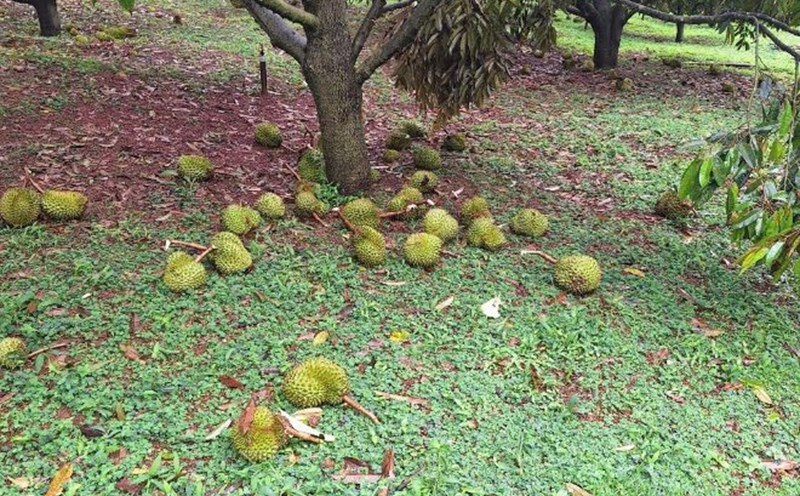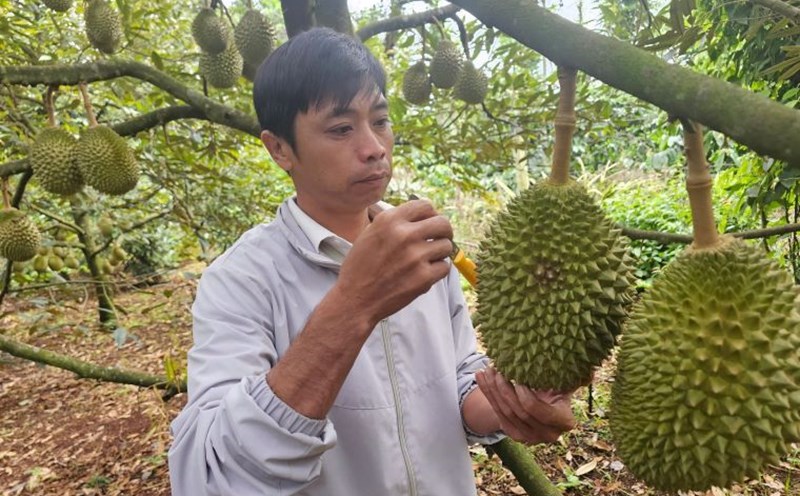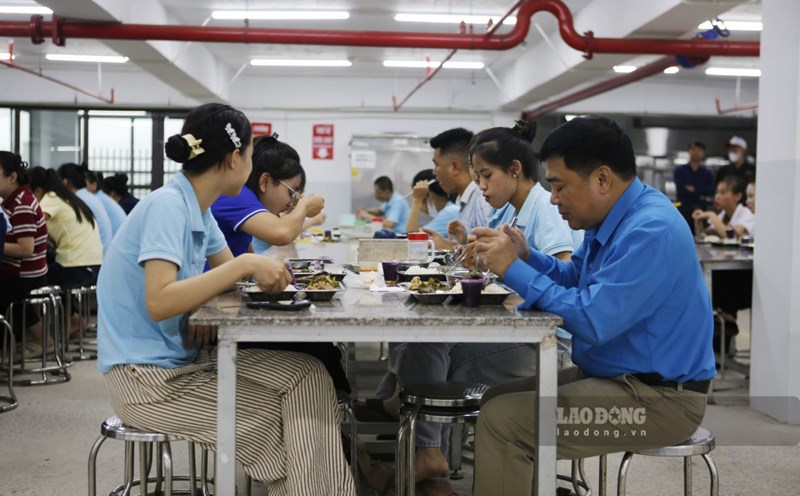According to statistics from the General Department of Customs, the turnover of vegetables and fruits in June reached 807 million USD, an increase of more than 30% compared to the previous month and an increase of 20.2% over the same period last year. This is also the first month of the year that fruit and vegetable exports have increased after 5 consecutive months of decline.
One of the factors contributing greatly to the growth of vegetable and fruit exports in June 2025 is the recovery of the durian industry. Durian alone contributed about 360 million USD in June, an increase of more than 70% compared to May.
According to Mr. Dang Phuc Nguyen - General Secretary of the Vietnam Fruit and Vegetable Association, since May, durian has officially returned to the "race", growing strongly in many markets including China, Thailand, Cambodia... The time also coincides with the key durian harvest such as the Central Highlands, the Southeast region - where the cadmi infection rate is low, so there are more goods meeting export standards.
In addition, Vietnamese enterprises have now better controlled technical indicators such as O gold and cadimi - factors that have caused goods to be returned. Many businesses require gardeners and intermediaries to check quality before importing goods, helping to increase customs clearance rates.
According to Mr. Nguyen, if following this increase, during the peak of the upcoming crop (around September-October), durian exports could reach 500-550 million USD/month. However, prices are unlikely to return to the peak as in the 2023-2024 period because global supply is increasingly abundant.
In addition to fresh durian, the export value of frozen durian has increased sharply, including to the Thai market. In the first 6 months of the year, frozen durian recorded remarkable growth with 388 export lots, reaching 14,282 tons, an increase of more than 3 times over the same period last year.
Previously, the Ministry of Agriculture and Environment also forecasted that durian exports are likely to recover from the third quarter of 2025, especially during the main crop season from August to October. However, the recovery level still depends largely on whether businesses and farmers maintain food safety conditions as committed. If the violation continues, the risk of this industry still being exported is very high.











